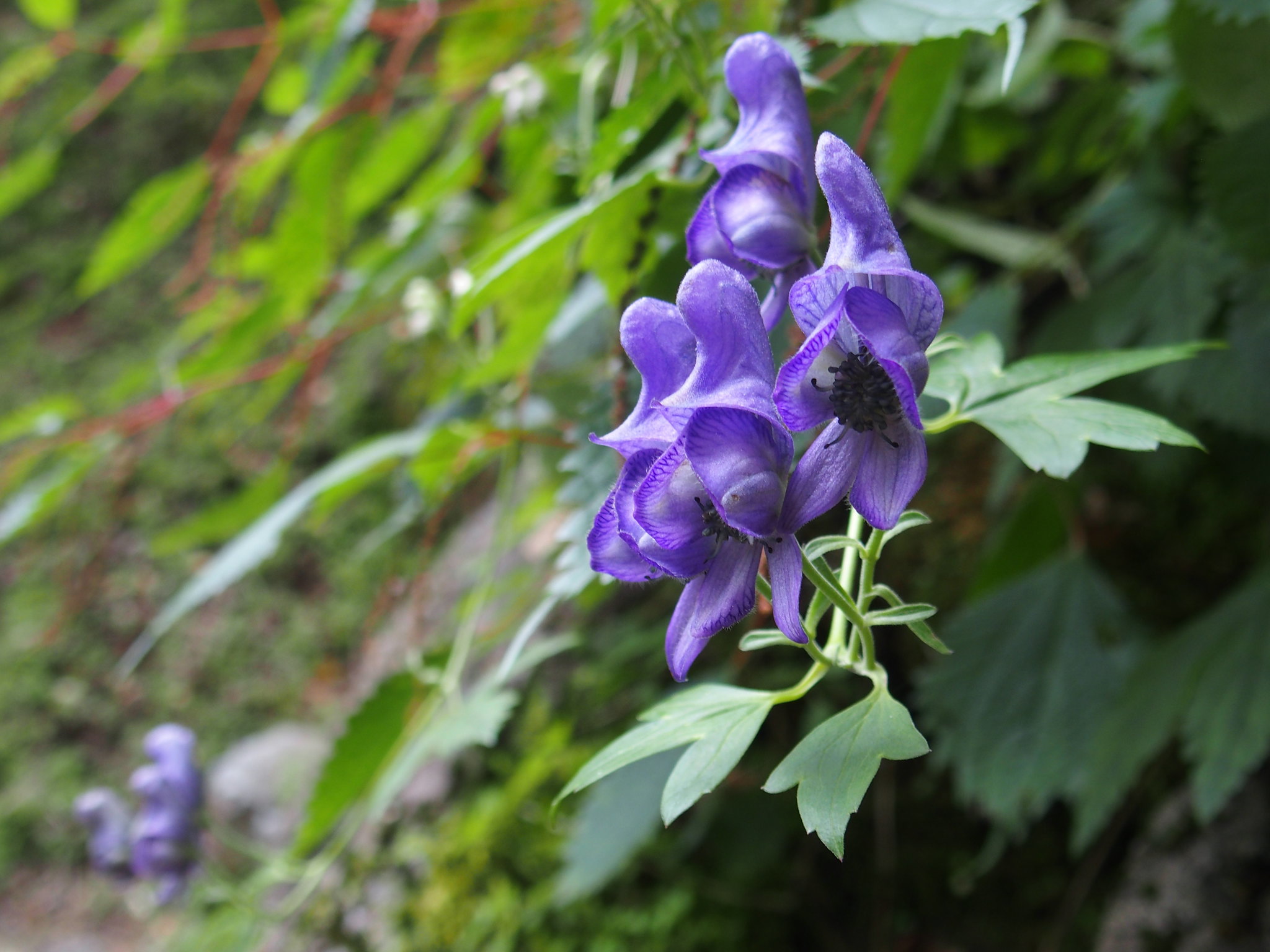
However, they are very informative as well and surely cannot harm the beauty of this flower. It is believed that the Lepchas, a tribal community of Sikkim, poisoned the water supply of British troops with powdered Aconite during the expedition of 1887.ĭuring World War II, Nazi scientists created aconitine-treated bullets that cause intense suffering. In India, the plant is sacred to Shiva, the God of All Poisons. Wolfsbane is used in Bach flower essence therapy to help overcome our. It is densely packed with spikes of deep purplish-blue flowers. According to Greek mythology, Aconite dripped from the jaws of Cerberus, the hulking three-headed dog that guarded the entrance to the underworld. A flower essence of fresh wolfbane (aconitum aka aconite aka monkshood) flowers. The Wolfsbane brings show and attractiveness to the arrangement. Its flowers are deep blue, the bloom is spectacular. The Greeks used this plant as a poison on the arrows when hunting wolves. This plant is extremely toxic, it can easily cause death during accidental consumption. Lucius Calpurnius Bestia, tribune of the people in 121 BC and consul in 111 BC, killed his wifes in sleep by touching their genitalia with his finger, which were smeared with aconite root extracts. Ancient Romans used this plant as a weapon against the enemy, but also as a method of execution to fulfill the death penalty for convicted criminals. The Greeks and Romans also used this plant as a poison. It is believed that Cleopatra may have killed herself with the help of a poisonous cocktail containing Aconite. The most ancient evidence dates back to the Ancient Egypt. It was used in ancient times as a poison on spears and arrows, while in modern times it was used to poison bullets and shrapnel. is a genus of over 250 species of flowering plants belonging to the. In past times, people used Aconite as a weapon to harm other people or animals. Aconitum also known as aconite, monkshood, wolfs-bane, leopards bane, mousebane. Aconite has characteristic helmet-shaped blue or purple flowers. Iz has also been used to treat homeopathy, high blood pressure, neuralgia, rheumatism, migraine and general debilitation.Īconite has a long history of use as a poison. These perennial plants grow to a height of 0.6 to 1.5 m and resemble delphiniums. the hood worn by medieval monks, hence the common names of monkshood or helmet flower.

The plant has been used for centuries as a medicine to reduce fever associated with colds, pneumonia, laryngitis, croup, and asthma. Aconitum Napellus, Monkshood, Aconite, Wolfsbane, Perennials with.

The ancient Greeks called it the Queen of Poisons. All parts of the plant are highly toxic, especially roots and seeds. Aconite contains chemicals that may improve circulation, but can also seriously harm your body.

While the plant has been used in traditional medicine for thousands of years, consuming can cause all kinds of bad effects. Interesting facts about Aconitum Is Aconite Poisonous?


 0 kommentar(er)
0 kommentar(er)
